#PlymouthFury
Junkyard Find: 1963 Dodge Polara 4-door Hardtop
Chrysler began building cars on the midsize B-Body platform for the 1962 model year, and production continued all the way through the final B-based Cordobas and Magnums in 1979. Today's Junkyard Find is one of the earliest Dodge B-Bodies: a 1963 Polara spotted in a Silicon Valley self-service yard last fall.
Junkyard Find: 1969 Chrysler Newport 4-Door Sedan
Buy/Drive/Burn: A Chrysler Fuselage Trio From 1971
It started off casually enough, in the luxury Slack chat environment of TTAC just a day or so ago. Amidst a conversation about large Chryslers of the early ’70s, TTAC’s Steph Willems declared he wasn’t sure which fuselage-design Chrysler product he’d choose to take home.
Let’s see if we can’t venture some opinions on this topic.
Junkyard Find: 1975 Plymouth Road Runner
We got an overview of Colorado’s Brain-Melting Junkyard yesterday, and today we’ll take a closer look at one of its residents. This is one of the rarest of Road Runner s, a one-year-only version that was based on the downsized B-Body Fury
NSF Racing Plymouth Fury Does 218 Laps, Breaks Down 219 Times, Still Triumphs
Y’all know that the NSF Racing 1962 Plymouth took the top prize at the Southern Discomfort 24 Hours of LeMons last month, but some of you may be wondering how the Fury managed to beat out the Sputnik ’86 Nissan Stanza wagon (441 laps) or the Speedycop and the Gang of Outlaws Parnelli Jones Galaxie (243 laps) for the Index of Effluency. Clearly, I have failed in expressing just how unspeakably terrible this car really is, and thus what a monumental achievement its 218 laps around the Carolina Motorsports Park road course really was.
Southern Discomfort LeMons: And The Real Winner Is…
The Index of Effluency trophy goes to the 24 Hours of LeMons team that accomplishes the greatest feats with the most improbable car; if your team’s car is a horrifyingly rusty heap that sat in a field for decades prior to being resurrected for racing, is a type of vehicle that never belonged on a road course in the first place, and manages to clank through more than 200 tough laps on a car-killing track, you have an excellent shot at taking home the coveted IOE. The NSF Racing 1962 Plymouth Fury accomplished this feat at this weekend’s Southern Discomfort race.
Autobiography: '69 Plymouth Fury
Somewhere west of Ogallala, rocketing across the plains at ninety-six in a sixty-nine Plymouth Fury, a twangy voice lectured us with the old song: “love and marriage, love and marriage, go together like a horse and carriage.” My two female traveling companions and I exchanged glances, laughed and sang along. “…you can’t have one without the other.” In that precious moment, everything crystallized: what it meant to be nineteen in 1972, free as a bird, barreling down the freeway in a powerful American sedan.



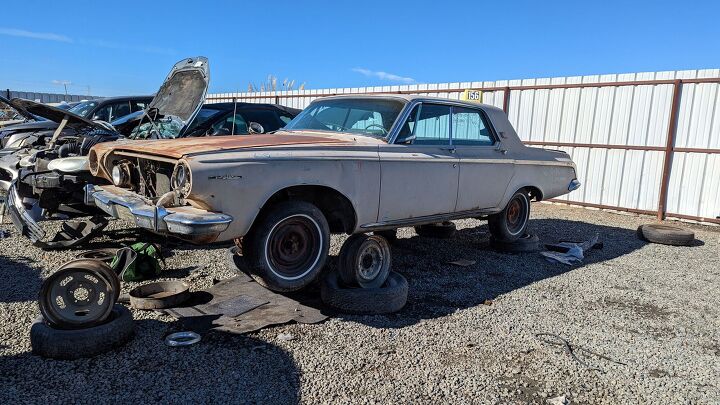
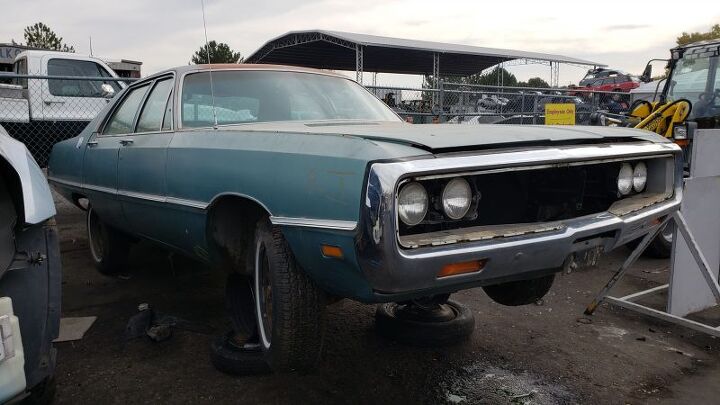
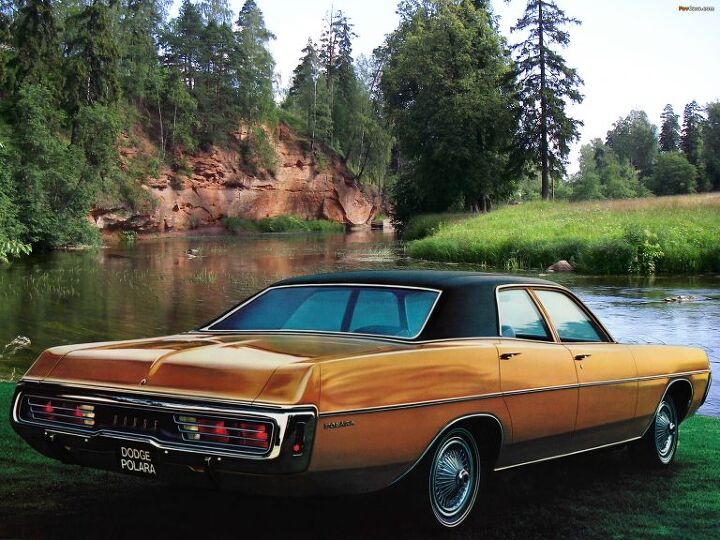
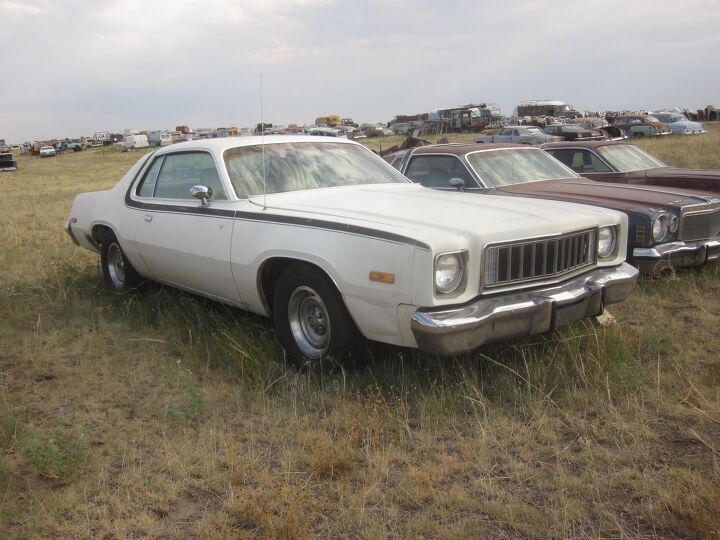
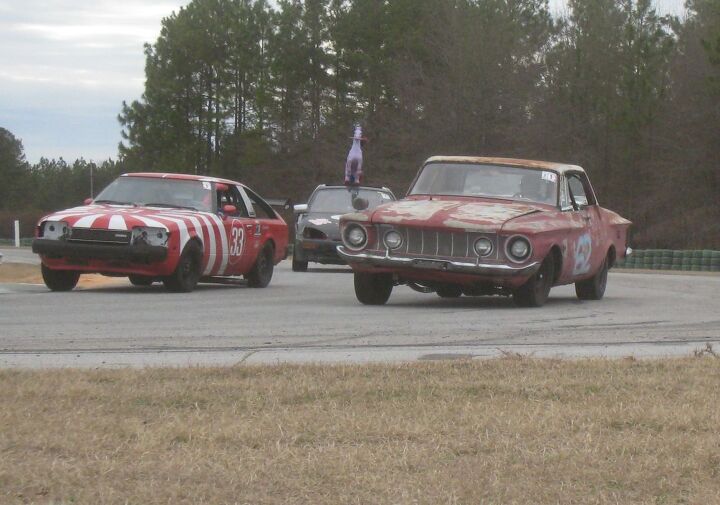
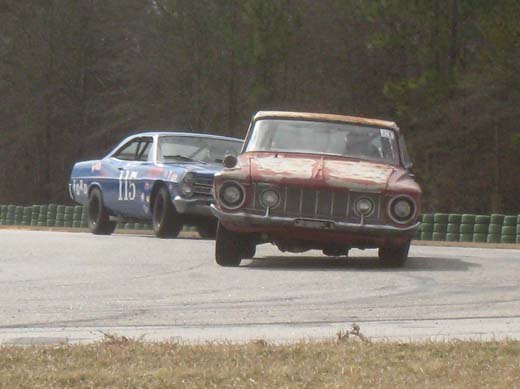













Recent Comments